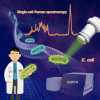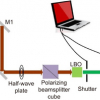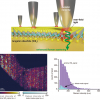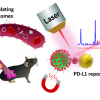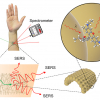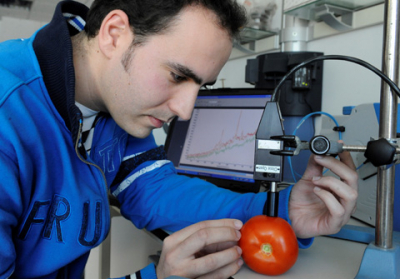
Tomatoes ripen in various phases in which the colour of the fruit undergoes changes. A piece of research by the UPV/EHU’s Department of Analytical Chemistry has used a portable Raman spectrometer to monitor tomatoes and find out when they have reached their point of optimum ripeness.
The results (published in Spectrochimica Acta A) provided by this portable instrument have been compared with those provided by a similar laboratory instrument. Even though the quality of the Raman spectra of the lab instrument was higher, the quality of the information provided by the portable instrument was sufficient to enable producers to determine in the field whether the tomato is at its optimum picking point or whether it needs to be left longer so that it can ripen properly.
The monitoring of the composition of the tomato fruit during its ripening phases has made it possible to observe the changes that take place in the composition of the tomato during its passage from an unripe state towards a ripe state. “When the tomato is green, the main pigments are chlorophyll (hence its green colour) and the waxy cuticles, which are on the outside,” explained Josu Trebolazabala, the author of the study. But the presence of these compounds falls as the fruit reaches its point of optimum ripeness. “Once the colour changes to orange-coloured, compounds of a different type are observed; the carotenoid compounds are activated. The tomato gradually acquires nutrients until it reaches its optimum point, in other words, when the lycopene (the red carotenoid) is at its maximum level. After that, the tomato begins to lose its carotenoid content, as shown by the analyses conducted on overripe tomatoes”.
This technique can be extrapolated to any other food that changes colour during its ripening phase. “Tests have been carried out on peppers and pumpkins, for example, and it is also possible to obtain the data on their composition,” Trebolazabala explained.








